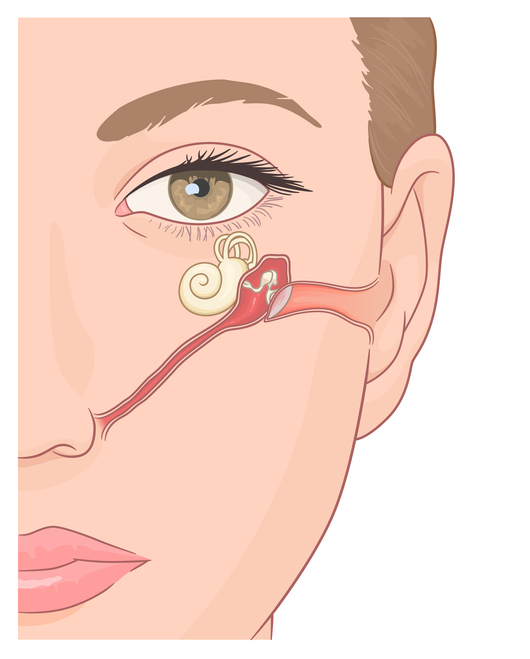Published on
Updated
Reading 2 mins.
Quebec singer Lynda Lemay announced in the lines of a people magazine that she suffers from an ear disorder, called eustachian tube disease or tubal open bite. Is that bad ?
“Disabling disorders and dizziness”
Suffering from a disorder affecting the ear and possibly hearing when you are a singer is not necessarily good news. Yet this is what is happening right now to Quebec singer Lynda Lemay, and yet planning a new tour in Canada and France. In a magazine article Closer, the singer spoke at length about her life, her projects, but also spoke about her physical condition at 56:
“I no longer have the same physical strength. I suffer from tubal incompetence, a disease of the Eustachian tube which connects the nose to the ears” she explains.
This ENT disorder, the same one that forced Celine Dion to cancel her concerts according to the magazine, promises to be a personal challenge for the singer, who intends to continue the song despite everything, as long as the stage allows her.
“Disorders and dizziness are disabling. As long as I can perform the show, I give it my all! Then I will find another means of expression” sshe resigns.
Fans of the singer are warned.
Tubal open bite or Eustachian tube disease, what is it?
But what is this ENT disorder from which the singer suffers to the point of considering stopping her career? Dr. Amine Harichane, ENT in Paris explains it to us:
“In anatomy, the Eustachian tube acts as the border between the nasal cavities and the middle ear. Its main function is to empty the ear, always leaving air to circulate, so that the liquid present can be evacuated through the nasal cavities.

But sometimes this eustachian tube can be dysfunctional.
“It is lined with the same mucous membrane as the nose. A cold that clogs the nose, for example, can radiate and also clog the ear. This is called tubal dysfunction, when the Eustachian tube no longer functions as it should and is no longer sufficiently ventilated.
A disorder sometimes linked to a cold, or a virus, but which can also be chronic, when quite simply the Eustachian tube is too narrow in some patients. The disorder is then manifested by pain in children (it is otitis) and rather by a sensation of the head under water in adults, with small noises like air bubbles. In the most disabling cases, the person may also suffer from vertigo, as is the case with Lynda Lemay, or from pain during an airplane flight.
Can eustachian tube disease be cured?
Several treatments are possible to find comfort in the face of a blocked Eustachian tube as explained by the ENT.
- The Valsalva manoeuvre, which consists of exhaling air towards the Eustachian tubes, with the mouth closed and the nose pinched, can already open the tubes and release the patient from this feeling of pressure in the ears;
- The mucous membrane being connected to that of the nose, a local decongestant treatment (in spray) can both clear the nose and act on the tubes;
- If this does not work, an anti-inflammatory treatment such as corticosteroids can act on the mucous membranes and thus relieve the Eustachian tube.
“Finally, if the disease is chronic, and requires prolonged or permanent drug treatment, it is possible to have recourse to balloon dilation, that is to say an intervention whose purpose is to place a small balloon at the level of the Eustachian tube to allow him to find a good ventilation and a good function”.
This intervention, on the other hand, is only possible with ENT specialists in this method.
